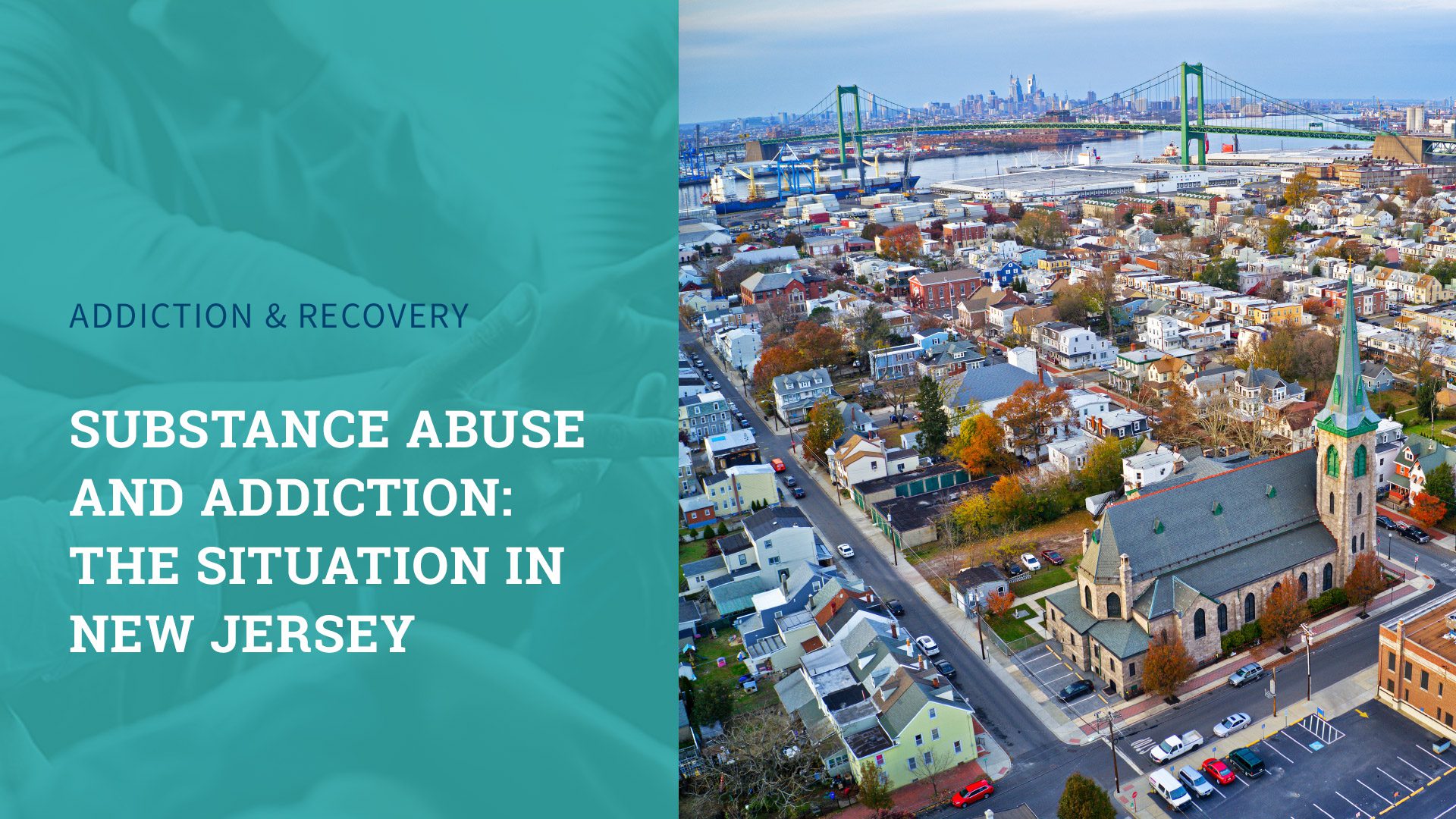By Christopher White, BS, CADC, New Jersey Regional Director, Pinnacle Treatment Centers
The opioid crisis has reached every state in the nation, drugs have ravaged every state in the nation, and New Jersey is no exception. The New Jersey Department of Health notes that as of 2017, heroin was the biggest drug problem in the state, comprising 45 percent of all admissions for drug treatment, or approximately 37,000 people. Abuse of fentanyl, a synthetic opioid, is growing year by year.
Alcohol, at 27 percent of all admissions, or about 22,000 people, is also an enormous problem in New Jersey. Other substances, including prescription painkillers, cocaine, and marijuana, are lesser problems, but their impact shouldn’t be ignored.
The Centers for Disease Control (CDC) identify three waves, or phases, that contribute to what’s called the opioid crisis, or epidemic:
- Wave 1 was a massive overprescribing of opioid painkillers that occurred in the early 1990s. The increasing use of opioids resulted in a sharp uptick in deadly overdoses by the end of the decade.
- Wave 2 began in 2010, when lawmakers began to tighten prescribing rules and prescription painkillers became difficult to obtain, a significant rise in deaths associated with heroin overdoses began.
- Wave 3 began around 2013 and involves primarily fentanyl and other synthetic opioids. In 2016 alone, nearly 20,000 Americans died as a result of potent synthetic drugs – about one-third of all drug overdoses.
Although new CDC guidelines are now in place to moderate the overuse of prescription painkillers, prescription opioids continue to pose a significant public health problem. The National Institute for Drug Abuse (NIDA), reports that in 2017, medical providers wrote more than 44 opioid prescriptions for every 100 New Jersey residents.
Fentanyl: Making Matters Worse
According to the DEA (Drug Enforcement Administration), fentanyl is a significant threat in New Jersey, mainly because drug dealers often cut heroin with fentanyl to increase the potency and profitability of their product. Fentanyl is also used to cut cocaine and marijuana.
Buyers, usually unaware that their drug of choice is cut with fentanyl, are at tremendous risk of fatal overdose.
In addition, illegal labs sometimes sell the drug in pills manufactured to look like oxycodone. Fentanyl is 50 to 100 times more potent than morphine and far more powerful than oxycodone. As little as 2 to 3 mg. can be lethal.
Fentanyl is also easy to obtain. It’s often mailed from labs in China, and can be found on what’s known as the dark web, a portion of the internet that includes sites that are hidden or can’t be found by standard search engines.
More on Prescription Painkillers
Pharmaceuticals, including prescription painkillers, are used and misused by people of all genders, races, ages, and socioeconomic categories.
As the government cracks down on unscrupulous pharmaceutical companies and medical providers, prescription painkillers become harder to attain and more expensive. Illegal pharmacies continue to prey on people, often via illicit online pharmacies that ask no questions and require no physical examinations.
When painkillers are in short supply, users often turn to heroin, which is inexpensive and readily available. The American Society of Addiction Medicine (ASAM) reports that four in five new heroin users started with prescription painkillers.
New Jersey: Convenient for Smugglers
New Jersey’s location between the large metropolitan centers of New York and Philadelphia provides drug smugglers with easy access to several airports and the busiest seaports on the eastern seaboard.
According to a National Drug Intelligence Center Report (NDIC), drug traffickers in Colombia, Mexico, and the Dominican Republic ship massive quantities of heroin and other illegal substances to New Jersey by air, sea, and land.
What About Meth and Cocaine?
Methamphetamines don’t present the massive problem posed by opioid drugs and alcohol, but their use is increasing slowly but steadily. Meth is often the drug of choice in economically challenged rural areas of southern and western New Jersey.
Most shipments of methamphetamine originate in Mexico, but small labs located within the New Jersey area continue to crank out the deadly drug.
Cocaine is also a significant problem in New Jersey, according to the NDIC report. The drug often originates in Mexico and comes to New Jersey through California and Arizona.
Working to Stem the Tide of Drugs in New Jersey
Several organizations, both large and small, are working to stem the tide of drug use and overdose deaths.
For instance, the following programs are up and running in New Jersey right now:
- The Partnership for Drug-Free New Jersey has joined with the Horizon Foundation to host 21 Knock-Out Opioid Abuse town halls in 2019 and 2020 – one town hall for each county in the state. The organization sponsors opportunities for elementary and high school students to participate in a variety of activities throughout the year, offers training to help businesses create drug-free workforce policies, and provides information that helps families prevent substance abuse.
- The Municipal Alliance for the Prevention of Alcohol and Drug Abuse is a network of community-based programs across the state. The programs provide assistance in the form of mentoring programs, community events, and peer leadership for volunteers who hope to address specific drug problems in their communities. The Municipal Alliance is funded by fines imposed for drug-related offenses, with grants available for each county.
- The New Jersey Prescription Drug Monitoring Program sets limits on the amount of drugs that can be prescribed at any one time.
In addition, improvements in the availability of Narcan (naloxone) have significantly decreased the number of deadly overdoses associated with the use of opioid drugs. Narcan can reverse the effects of a potentially fatal overdose within minutes.
The State of New Jersey has issued a standing order that allows certain pharmacies to distribute the life-saving medication without a prescription. The drug isn’t free, however, and must be paid either out of pocket or with private insurance or Medicare.
